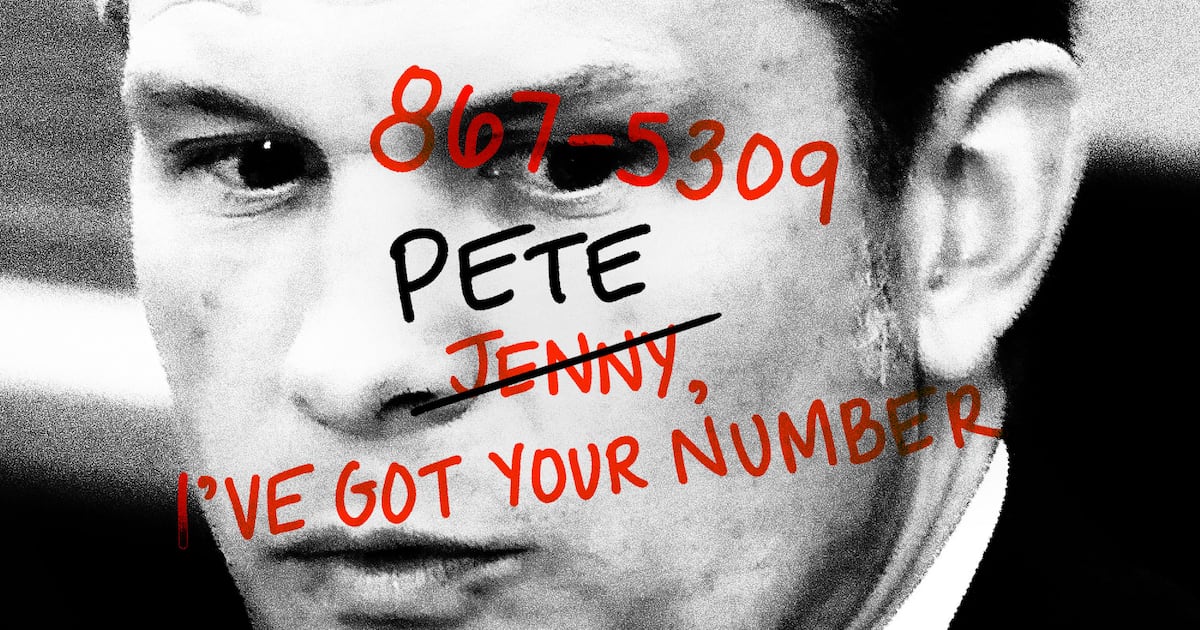The Curtis Complexity/Convenience Corollary—which you may not recall owing to your unexcused absence from high school history class—posits that every trend toward complexity provokes a proportionately forceful push toward simplicity and convenience.
Consider the canned cocktail. These are suddenly everywhere, joining canned wine and canned bubbly waters of unfamiliar flavors to occupy every square inch of retail shelving. It’s hard to know what happened more quickly: the rise of the canned cocktail or the fall of the plastic straw.
The omnipresent canned drink of today is referred to in the trade by the unlovely acronym of RTD—or ready-to-drink. The abrupt name and its sudden ubiquity may seem novel today, but RTDs are actually rather ancient, dating back to the early days of the original cocktail boom. As my corollary predicted ex post facto, these arose during the first age of the complex cocktail, the original era of waxed mustaches and sleeve garters.
The first prepared cocktail was sold commercially in the late 1800s. One story goes like this: the Heublein brothers owned a fancy hotel in Hartford, Connecticut, and were asked to batch and bottle Martinis and Manhattans for the summer picnic of the First Company Governor’s Foot Guard. The picnic was canceled twice for weather; after a couple of weeks the brothers decreed that the bottles should be dumped. A heroic and curious bartender poured himself a dram from the doomed stash, and discovered it was still… very palatable.
He informed his bosses, an idea took root, and in 1892 the brothers launched a bottled line called “Outing Club Cocktails,” which would become the Club Cocktail line of packaged drinks, and long outlast the hotel. It would even survive Prohibition. (This origin story, while appealing, suffers from the fact that a decade earlier bottled cocktails had been mentioned in some news accounts as a new thing. The Heubleins may have boarded a train rather than invented it.)
After Repeal the swanky cocktail lounge-era of the mid-20th century arose. Here one could order complicated drinks (Pink Squirrel!), so, as I had foreseen, packaged consumer cocktails soon followed. This round of prepared cocktails was abetted by technology—in the 1960s, can manufacturers devised a process to produce cans lined with plastic, such that the higher-proof drinks didn’t take on a metallic tang. Jim Beam rolled out a bottled Manhattan, Whiskey Sour, and Old-Fashioned; Bacardi came out with a canned Daiquiri. Others in the game included Calvert, Schenley, Hiram Walker, Glenmore and Barton Distillers.

Reprinted with permission from The Art of American Whiskey by Noah Rothbaum, copyright 2015. Published by Ten Speed Press, an imprint of Penguin Random House LLC.
Courtesy of Beam Suntory IncAmong these bigger players was National Distiller’s Duet brand of canned cocktails (“All you need is a little Duet and a little pull”). Also popular was Party Tyme, which offered more than a dozen “full-strength” cocktails, including Daiquiris, Whiskey Sours, and extra dry Martinis, sold in 8-ounce cans.
“More Americans are choosing convenience over creativity,” reported a Louisiana newspaper in 1965. In the previous five years, the paper noted, sales of bottled cocktails nearly doubled—to about 7.5 million bottles of mixed drinks sold each year.
“Bottled, ready-mix cocktails are the sure-fire, easy way to social success,” a California paper informed its readers, also in 1965. “There is a rising demand for bottled cocktails, since they bestow on host or hostess a glamorous, man/woman of the world charisma.”
All that charisma notwithstanding, bottled cocktails faded as cocktails in general declined, displaced by the vapid white wine spritzer and light beer. A few upstarts slipped into the market, but these were generally malt-based, making them more like a flavored beer than a canned cocktail. (These included Zima, introduced by Coors in 1993, and Budweiser’s Lime-A-Rita, notable for its utter lack of tequila.) Marketers in this case were exploiting a tax loophole: malt-based beverages were taxed as beer rather than spirits, and so could hit the market at $2 or $3 a bottle.
We are now, of course, back to complexity. The cocktail world in the past two decades has gone from a place that had two brands of bitters to more bitters than there are stars in the galaxy. Drinks are now made from liquor few have heard of, with tinctures made with barks and roots from lands few have visited.
Complexity, as you may by now be aware, begets simplicity.
So, the path was cleared for drinks like Mike’s Hard Lemonade, Twisted Tea, and Smirnoff Ice—essentially kids’ drinks that gave you a hangover—but quickly morphed into more sophisticated classics, now available with extra convenience: Pop. Pour. Guzzle. Today’s, cocktail-loving consumers appear more willing to shell out the tax premium for the hard stuff, which runs about $4 to $8 per canned cocktail.
Canned Cocktail 3.0 departs from the earlier RTD-era in one essential way: the momentum these days is coming not from large distillers, but from smaller producers, in many cases those in the craft beer realm who already have the canning equipment.
This growth is without doubt part of the extended craft beverages wave (and that includes beer, kombucha, mixers, and sodas). Smaller-batch drinks appeal to younger consumers who evidently mistrust over-advertised, mass market products. Craft products tend to be regional and emphasize quality ingredients—Rogue Spirits in Oregon, for instance, launched its first canned cocktails this summer—bottled at 7.5 percent ABV with 100 percent natural ingredients. Their line-up includes the Lime Gin Fizz, Cranberry Elderflower Vodka Soda and Ginger Lime Vodka Mule.
One hurdle the current wave of craft cocktails will need to clear that plagued earlier incarnations as well: persistent questions about quality. Carping about RTDs is not new. “There is a prejudice against bottled cocktails ordinarily, as usually they are put up in such a hurry, and with such little care that the flavor is poor,” groused the makers of J.W. Everden’s prepared cocktails in 1902. (“Ours are different,” they went on to note. “The flavor is right.”)
In 1944, when some bars took to selling bottled cocktails during the wartime liquor scarcity, one liquor merchant thundered that “no reputable, well-established firm makes up or sells this stuff,” and dismissed it as “one of the biggest rackets.”
Quality issues pursued drinks into the 1960s. Aiming to reverse the perception, ads for canned cocktails often touted their quality, dismissing those who dismissed them. About their bottled Whiskey Sour, a Calvert’s ad noted, “Sounds easy. It isn’t. If you put fresh juice in to a bottled cocktail, it starts to oxidize—or fall apart.” Calvert hailed its willingness to go a “step further,” buying fruit and distilling of it “a fresh fruit essence.”
“The result is a Whiskey Sour that tastes as if your bartender friend just poured it into a frosted glass.” Frankly, this seems….unlikely.
A skeptical article in the mid-1960s lamented the rise of the bottled cocktail, noting that with convenience also comes mediocrity: “The trouble with conformity…is that while it prevents the sub-standard it also eliminates the sublime.”
The writer also suggested a possible harbinger of a decline in civilization as the pop-top generation took root: “How can a wife expect her husband to fix a leaky faucet when the man of the house won’t even bestir himself to mix a mean martini?”
Indeed, another corollary may be that the rise of convenience leads to the collapse of empires. (Or was this the argument in Guns, Germs and Steel?)
Each time the pre-made cocktail has gotten popular, the cocktail boom that preceded it soon collapsed. The bottled cocktails of the 1890s and 1900s gave way to Prohibition. The bottled and canned drinks of the 1960s and 1970s led to the Tequila Sunrise and Slippery Nipple.
What will come in the wake of the RTDs of the 2010s?
Let’s just say it would be unwise for you to skip class next week.





